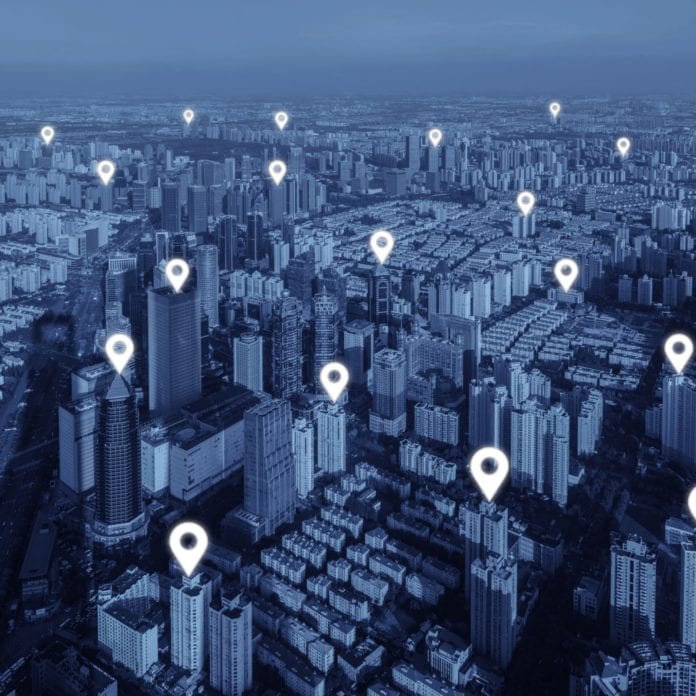Being able to locate 911 callers on wireless devices faster is a life-or-death use case for more precise indoor location—but it isn’t the only one. There are many potential commercial applications for being able to leverage better indoor location, whether that means using Wi-Fi, Bluetooth LE or other types of beacons, Ultra Wide Band or other types of wireless proximity sensors or RFID technology.
Here are four market predictions about the indoor location market.
–Mordor Intelligence estimates that the indoor location market will see a Compound Annual Growth Rate (CAGR) of 21.7% through 2026, and that the dominant share in the market will come from the transportation and logistics vertical. While a number of technologies are enabling indoor location, from widespread smartphone use to increasing integration of BLE and other beacons in various point of sale devices, lighting and digital signage.
Transportation and logistics will dominate the market because of the requirement to provide mobile wayfinding for travelers within airports and railway stations and guidance to retail stores and restaurants within those locations, Mordor said. Knowing customer behavior, based on their location data, will be valuable to that industry to optimize services, select locations and build advertising campaigns. For logistics, asset location within warehouses is always a challenge and anything that helps make that process more efficient will provide value.
Other verticals such as healthcare and retail are also expected to benefit, Mordor said, with the healthcare sector expected to see a significant number of applications that combine cloud and IoT systems with automation and location information. The analyst firm cited the example of Texas Health saving $412,000 by using a real-time location-based system to readily locate and maintain medical equipment.
-In an August report, Markets and Markets estimated that global indoor location market will grow from about $7 billion this year to $19.7 billion by 2026, a CAGR of nearly 23%.
The APAC region is expected to see the fastest growth in indoor location tech, which the report says is due to “increasing demand for indoor positioning technologies across manufacturing, retail, and transportation and logistics verticals across APAC countries.” In addition, the report added, the pandemic has affected the indoor location market, and companies are using indoor location tech for facility management, virus tracking, people tracking and management and “smart quarantining.”
-A report on the global indoor location-based services (LBS) market from 360iResearch estimated that market at just over $12 billion last year and around $14.43 billion in 2021. That forecast pegs the market CAGR over the next few years at just shy of 20%, with the market to reach $35.69 billion by 2026. That report broke down indoor location applications into three primary segments: Asset tracking, people tracking and indoor navigation, and looked at opportunities across a huge range of verticals, from airports and healthcare to mobile payments, retail, transportation and logistics, warehousing and media and entertainment, among others.
-A market report from UnivDatos Market Insights estimates a CAGR of more than 33% for the indoor location market through 2026, at which point it says the market will reach $68.6 billion in value. Increasing customer expectations and desire to control costs are helping to drive the market, that report says; however, adoption has been relatively slow to date. RFID use for indoor inventory tracking in retail has grown rapidly, the firm notes, and it adds that “Wi-Fi positioning has become crucial in meeting increasing demands for location-based services by leveraging the Internet of Things (IoT) and ubiquitous connectivity.” Among the benefits of indoor navigation capabilities that UnivDatos cites: Real-time mapping and indoor wayfinding, space management, location tracking and asset tracking, event management and safety alerts.

